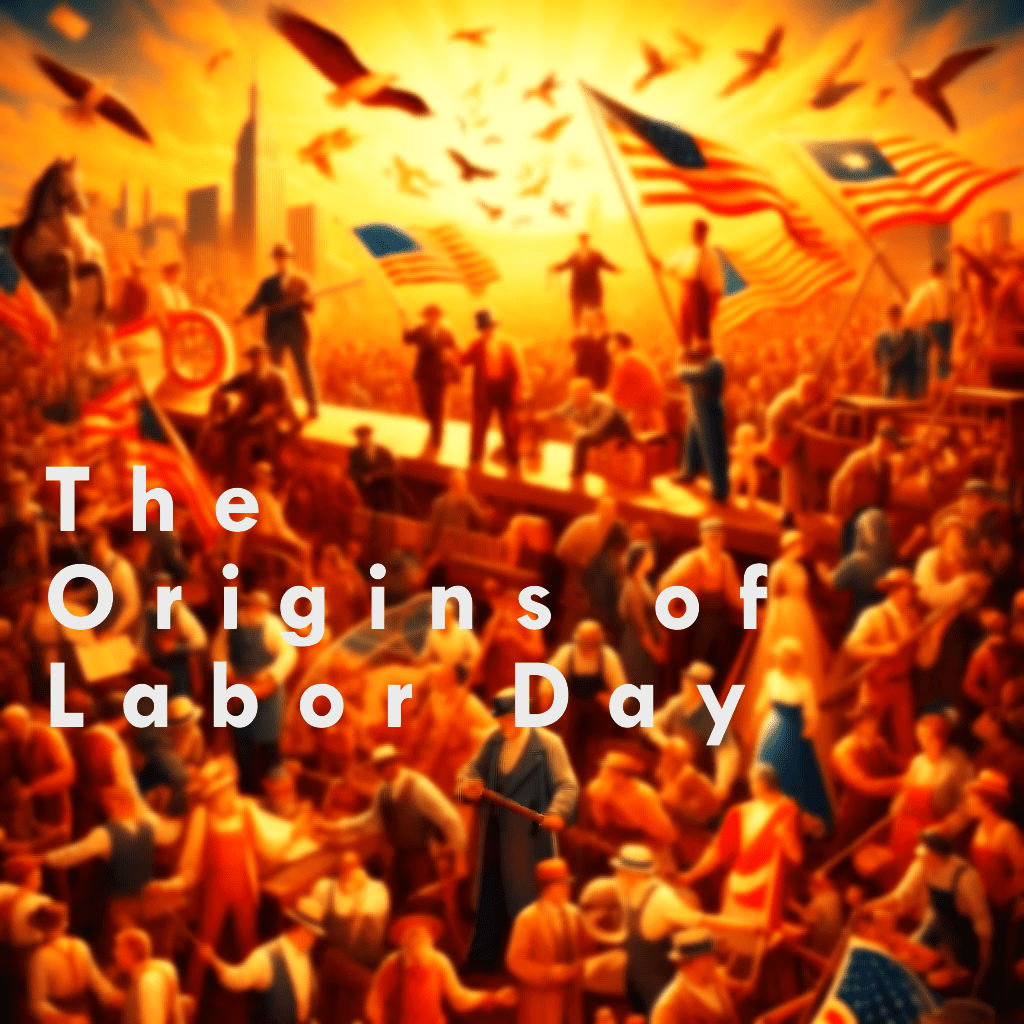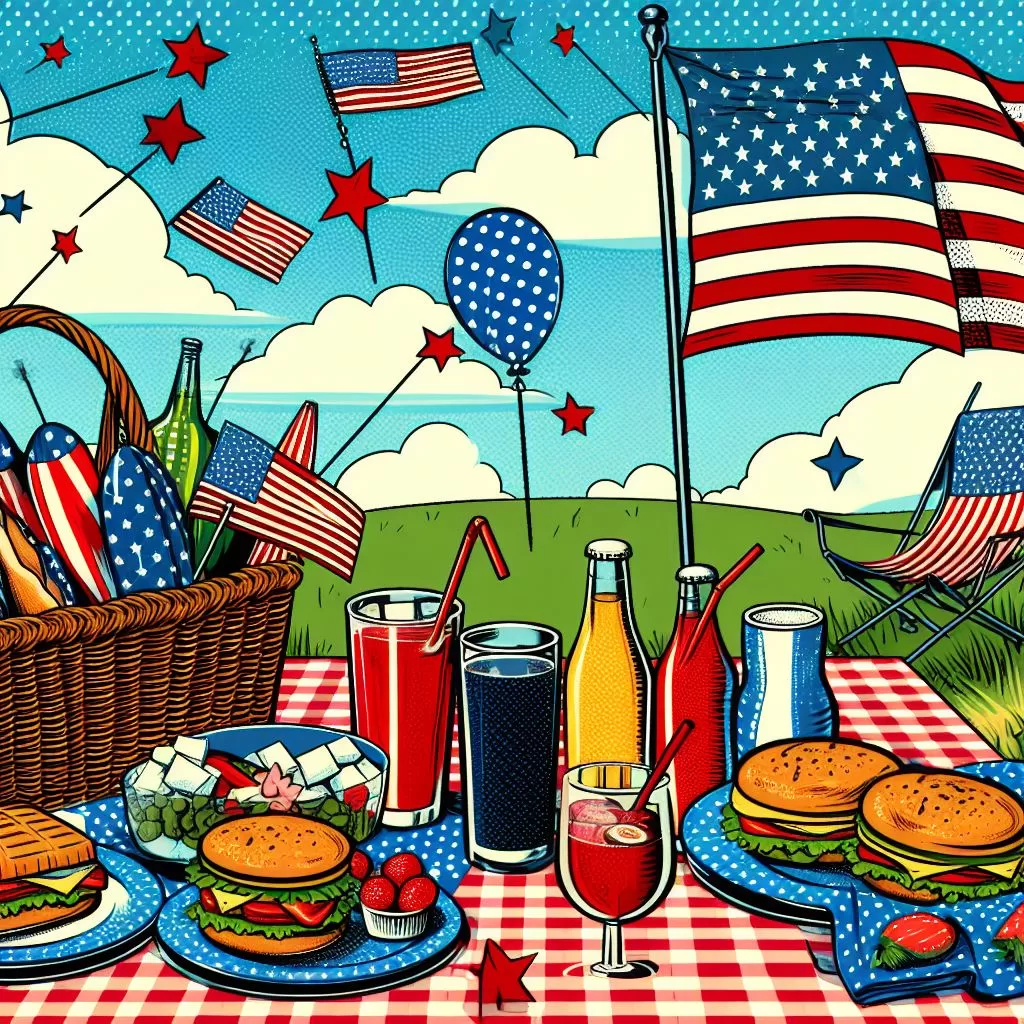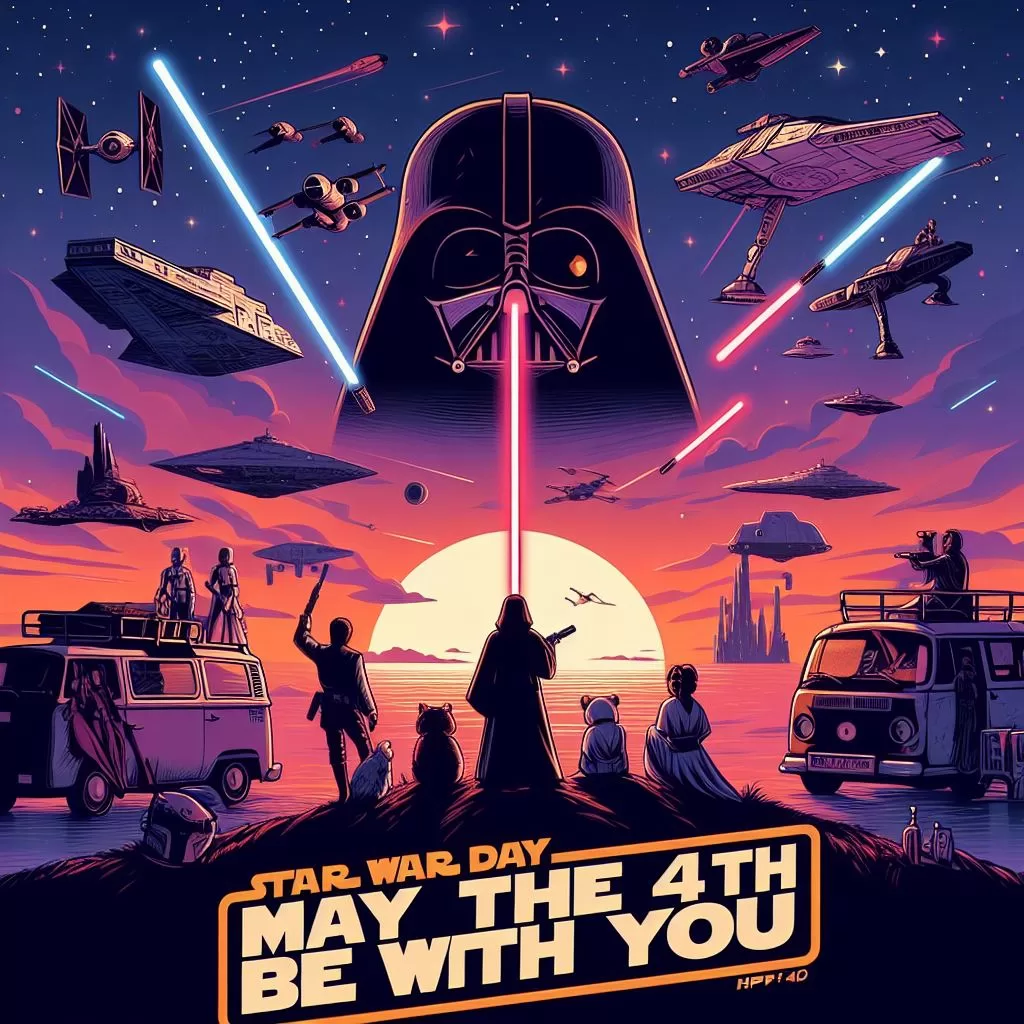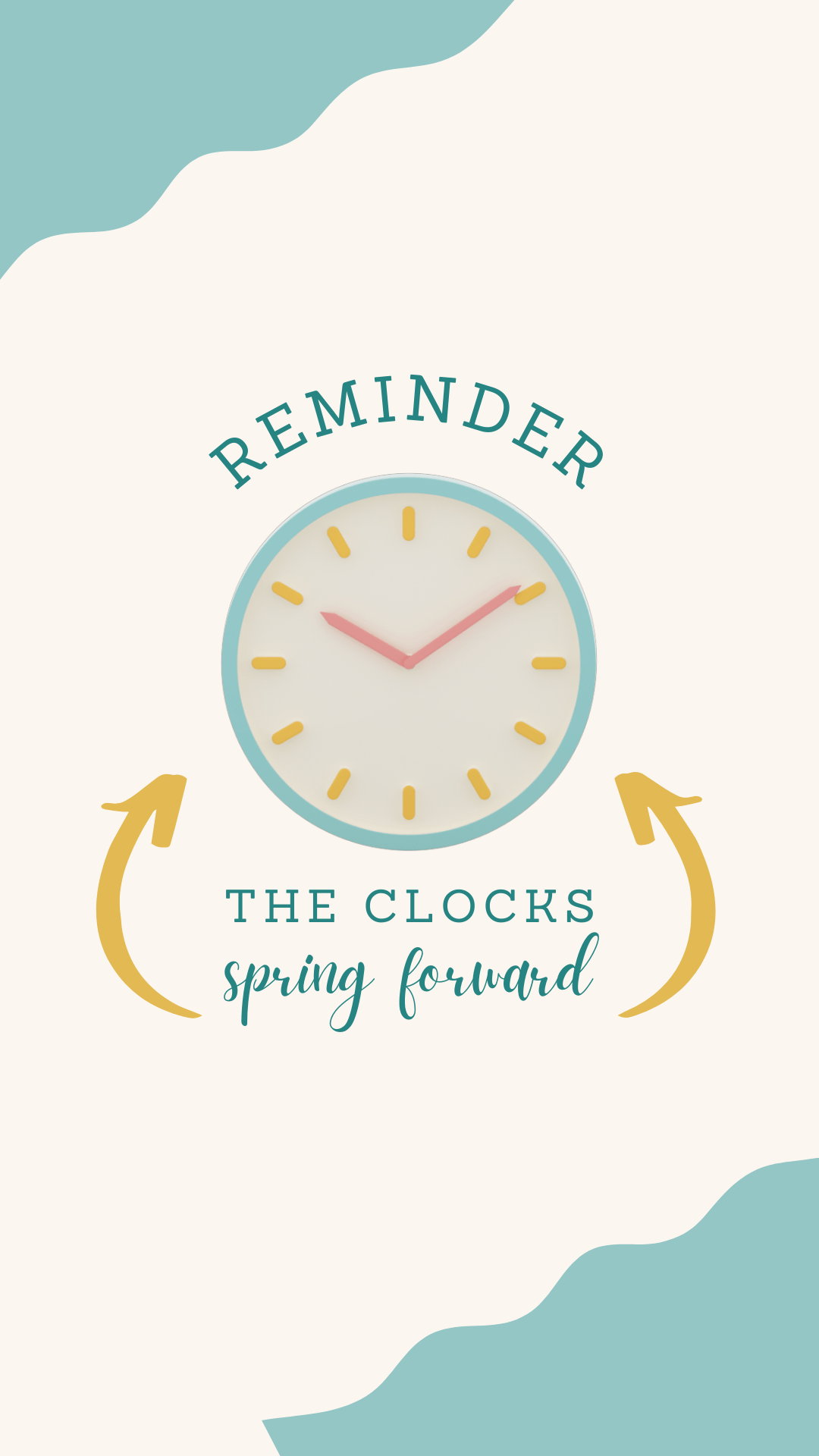
Happy Holidays!

Thanks to all for the Birthday Wishes.

Thanks to all for the Birthday Wishes.https://www.chrislehnes.com/about/
Labor Day, celebrated on the first Monday in September in the United States, honors the American labor movement and the contributions of workers to the development and prosperity of the country. The origins of this national holiday date back to the late 19th century, a period marked by intense labor unrest and the growing power of labor unions.

The Industrial Revolution transformed the American economy from agrarian to industrial, leading to rapid urbanization and the growth of factories. While this shift brought economic opportunities, it also led to harsh working conditions. Workers faced long hours, often 12-16 hours a day, low wages, and unsafe environments. Child labor was rampant, and there were few protections for workers’ rights.
The plight of the working class led to the formation of labor unions, which sought to improve working conditions, secure better wages, and reduce the workday. By the late 19th century, labor strikes and rallies became common as workers demanded their rights. The Origins of Labor Day
The first unofficial Labor Day was celebrated on September 5, 1882, in New York City. It was organized by the Central Labor Union (CLU), a group that represented multiple unions in the city. The event featured a parade through the streets of Manhattan, with thousands of workers marching to demonstrate the strength and solidarity of the labor movement. The parade was followed by a festival with speeches, music, and picnics, embodying the spirit of unity among workers.
The success of the first Labor Day celebration inspired other cities and states to adopt the idea. Oregon became the first state to make Labor Day an official holiday in 1887, and by the end of the decade, several more states had followed suit.
One of the pivotal events that led to the national recognition of Labor Day was the Pullman Strike of 1894. The strike began at the Pullman Company in Chicago, where workers protested wage cuts and high rents in the company-owned town. The strike spread nationwide, disrupting rail traffic and leading to a confrontation between labor and the federal government. The Origins of Labor Day
President Grover Cleveland, facing pressure to resolve the strike, sent federal troops to break it up, resulting in violence and several deaths. In the aftermath, there was widespread public sympathy for the workers, and the federal government sought to appease the labor movement.
To mend relations with American workers, Congress swiftly passed legislation making Labor Day a national holiday. On June 28, 1894, President Cleveland signed the bill into law, designating the first Monday in September as Labor Day.
Labor Day has evolved over the years from a day of labor protests and parades to a more general celebration of the contributions of American workers. It marks the unofficial end of summer, with many people enjoying picnics, barbecues, and other leisure activities.
However, the day also serves as a reminder of the ongoing struggles and achievements of the labor movement. Issues like fair wages, workplace safety, and workers’ rights continue to be relevant, reflecting the enduring importance of the values that Labor Day represents.
Today, Labor Day stands as a tribute to the sacrifices and contributions of American workers, whose efforts have shaped the nation’s economic and social landscape. It is a day to reflect on the progress made in labor rights and the work that still lies ahead in the pursuit of justice and equality in the workplace.
Memorial Day significantly impacts the U.S. economy through increased spending in various sectors, notably travel, retail, automotive, and local events.

Travel and Tourism: Memorial Day marks the beginning of the summer travel season, with many Americans planning trips. In 2024, travel spending for the Memorial Day weekend is expected to be robust, driven by pent-up demand post-pandemic. Popular destinations and events, such as the NCAA Championships in Philadelphia, are projected to generate substantial economic activity. The championships alone are expected to bring in $24 million, benefiting local hotels, restaurants, and other businesses (DiscoverPHL).
Retail and Automotive Sales: Retail sales see a significant boost during Memorial Day due to promotional events and discounts. Major retail categories include clothing, home goods, and electronics. The automotive sector also experiences a surge, with many dealerships offering substantial discounts to clear out old inventory. This year, brands like Ford, Ram, and Nissan are expected to offer particularly attractive deals to manage excess inventory (CarEdge).
Beer and Beverage Industry: The beer industry sees a notable increase in sales during Memorial Day, as it is a popular time for social gatherings and barbecues. According to a recent report, the U.S. beer industry contributes over $409 billion to the economy, supporting nearly 2.4 million jobs. Memorial Day weekend is a key period for this sector, helping to drive sales and economic output (Beer Institute).
Overall, Memorial Day weekend provides a significant economic stimulus, reflecting increased consumer spending and benefiting various sectors across the country.
Mother’s Day may have pagan origins, dating back to ancient Greek spring festivals that honored maternal goddesses. In Medieval times, apprentices and servants would also be given Mothering Sunday off to return home to their mothers, and would eat a special fruitcake called a Simnel cake. Happy Mother’s Day: Origins of the Holiday.

Anna Jarvis, a woman from Philadelphia, originated Mother’s Day in the United States in 1907. On May 12, 1907, she held a memorial service for her mother, Ann Jarvis, at her mother’s church in Grafton, West Virginia. Ann Jarvis had organized women’s groups to promote health and friendship, and had also nursed soldiers during the American Civil War. Anna wanted to honor her mother’s work and the sacrifices of motherhood, and by 1912, 45 US states and other countries were observing Mother’s Day. In 1914, President Woodrow Wilson made Mother’s Day a national holiday in the United States, to be celebrated on the second Sunday of May.
Anna Jarvis also promoted wearing a white carnation as a tribute to a deceased mother, and a red or pink carnation to represent a living mother.
Star Wars Day, observed annually on May 4th, is a beloved occasion celebrated by fans of the iconic Star Wars franchise. This article explores the origins of Star Wars Day and the various ways in which it is celebrated around the world. What is Star Wars Day?

Origins of Star Wars Day
The origins of Star Wars Day can be traced back to a pun on one of the franchise’s most famous catchphrases: “May the Force be with you.” The phrase, frequently uttered by characters throughout the Star Wars films, has become emblematic of the series’ themes of hope, bravery, and the mystical Force that binds the galaxy together.
The pun, “May the Fourth be with you,” first emerged as a playful nod to the original catchphrase. It gained traction among fans in the late 20th century, particularly with the rise of internet culture and social media platforms where fans could connect and share their enthusiasm for the franchise.
Evolution of the Celebration
What started as a playful pun among fans quickly evolved into an annual celebration known as Star Wars Day. The first organized Star Wars Day event is believed to have taken place in Toronto, Canada, in 2011, where fans gathered for movie screenings, cosplay contests, and other activities.
Since then, Star Wars Day has grown in popularity and is now celebrated by fans around the world. From movie marathons and lightsaber duels to themed parties and charity events, there is no shortage of ways for fans to express their love for the galaxy far, far away.
Global Celebrations
Star Wars Day is celebrated globally, with fans of all ages participating in a wide range of activities. In addition to organized events, many fans take to social media to share their favorite Star Wars memories, artwork, and cosplay photos using the hashtag #StarWarsDay.
In some cities, local businesses and organizations join in the celebration by offering special discounts on Star Wars merchandise or hosting themed events. Museums and theaters may also screen Star Wars films, allowing fans to experience the magic of the movies on the big screen once again.
The holiday has become a beloved tradition cherished by fans of the franchise worldwide. Whether attending organized events, hosting themed parties, or simply rewatching their favorite films at home, fans come together on May 4th to celebrate the timeless appeal of the Star Wars saga.
As the franchise continues to expand with new films, television series, books, and merchandise, the spirit of Star Wars Day remains as strong as ever, uniting fans in their shared love for a galaxy far, far away.

Spring Forward – Change your clock
Here are some other stories about DST: